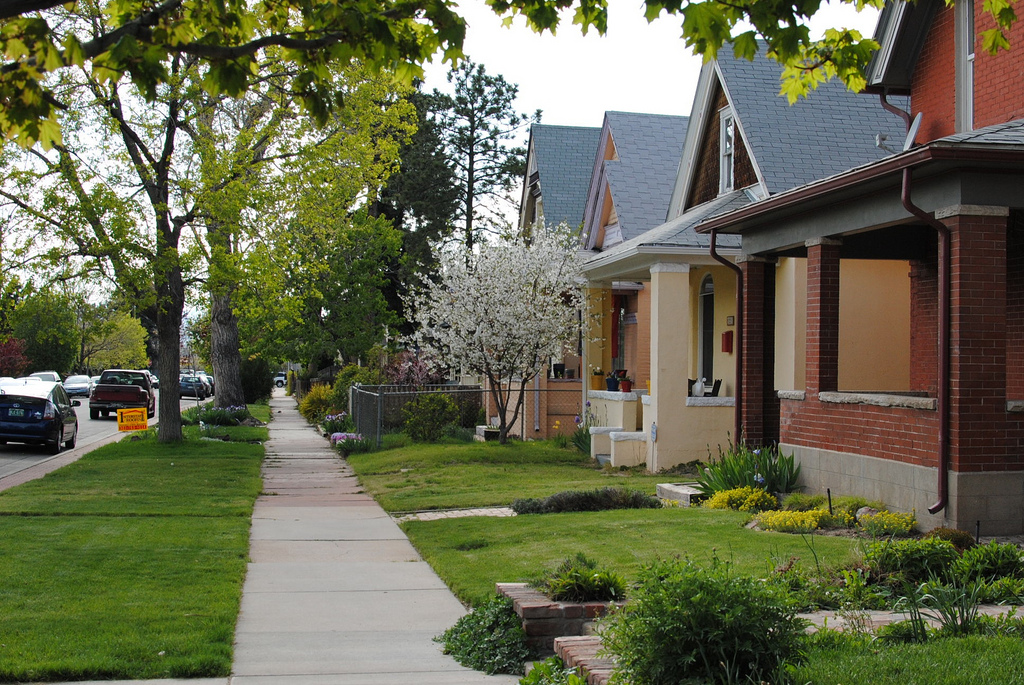
Green Lawn Bliss: Eco-Friendly Maintenance Tips
Maintaining a lush and vibrant lawn doesn’t have to come at the expense of the environment. With eco-friendly practices, you can achieve a green oasis while minimizing your ecological footprint. Let’s explore some sustainable approaches to lawn care that will keep your yard healthy and Mother Earth happy.
Choosing the Right Grass: Foundations for Eco-Friendly Lawns
The journey to an eco-friendly lawn starts with selecting the right grass. Opt for native or regionally adapted grass species that are well-suited to your climate. These grasses typically require less water, pesticides, and fertilizers, contributing to a healthier and more sustainable lawn.
Water Conservation Strategies: Nurturing Your Lawn Responsibly
Water is a precious resource, and an eco-friendly lawn maintenance approach involves efficient water use. Consider investing in a smart irrigation system that adjusts watering schedules based on weather conditions. Additionally, water your lawn during the early morning or late evening to reduce evaporation and ensure optimal absorption.
Natural Fertilization Techniques: Feeding the Soil, Not the Problem
Rather than relying on synthetic fertilizers, embrace natural fertilization methods to nourish your lawn. Compost is an excellent organic option, providing essential nutrients while improving soil structure. Grass clippings can also be left on the lawn to decompose, returning nutrients to the soil and reducing the need for external fertilizers.
Lawn Mowing Best Practices: Trim Sustainably
Proper lawn mowing practices contribute significantly to an eco-friendly approach. Set your mower blades to a higher level to encourage deeper root growth and shade the soil, reducing water evaporation. Regularly sharpen your mower blades to ensure a clean cut, preventing stress on the grass that can make it more susceptible to pests and diseases.
Integrated Pest Management: Natural Solutions for Pest Control
Instead of reaching for chemical pesticides, adopt an integrated pest management (IPM) strategy. Encourage natural predators like ladybugs and spiders that prey on harmful insects. Plant pest-resistant varieties and use natural remedies such as neem oil or garlic spray to keep pests at bay without harming the environment.
Ditching Gas-Powered Tools: Embracing Sustainability
Consider transitioning to electric or manual lawn care tools to reduce your carbon footprint. Electric mowers, trimmers, and other tools powered by renewable energy sources are eco-friendly alternatives to their gas-powered counterparts. Manual tools, such as push mowers and hand trimmers, provide a workout while being gentle on the environment.
Landscape Design for Sustainability: Balancing Beauty and Ecology
Integrate sustainable landscape design principles into your lawn. Choose native plants that are well-adapted to your region, promoting biodiversity and requiring less maintenance. Grouping plants based on water needs and sunlight requirements can also optimize resource use and contribute to a harmonious and eco-friendly landscape.
Rainwater Harvesting: Nature’s Gift to Your Lawn
Harness the power of nature by incorporating rainwater harvesting into your lawn maintenance routine. Install rain barrels or underground cisterns to collect rainwater. This harvested water can be used for watering your lawn, reducing the demand on municipal water supplies and lowering your water bill.
Community Awareness and Education: Sharing the Green Vision
Spread the word about eco-friendly lawn maintenance within your community. Organize workshops, share tips on social media, or collaborate with local environmental organizations to promote sustainable practices. A collective effort can have a more significant impact, creating greener neighborhoods and a healthier planet.
Continuous Learning and Adaptation: Growing with the Green Movement
As the field of eco-friendly lawn care evolves, stay informed about new practices and technologies. Regularly assess your lawn maintenance routine and make adjustments based on the latest sustainable gardening methods. By staying engaged and adapting to new information, you contribute to the ongoing effort to create a more environmentally friendly approach to lawn care.
For more information on Eco-Friendly Lawn Maintenance, visit Kangzenathome.com to discover sustainable products and practices that will help you achieve a green and thriving lawn.









